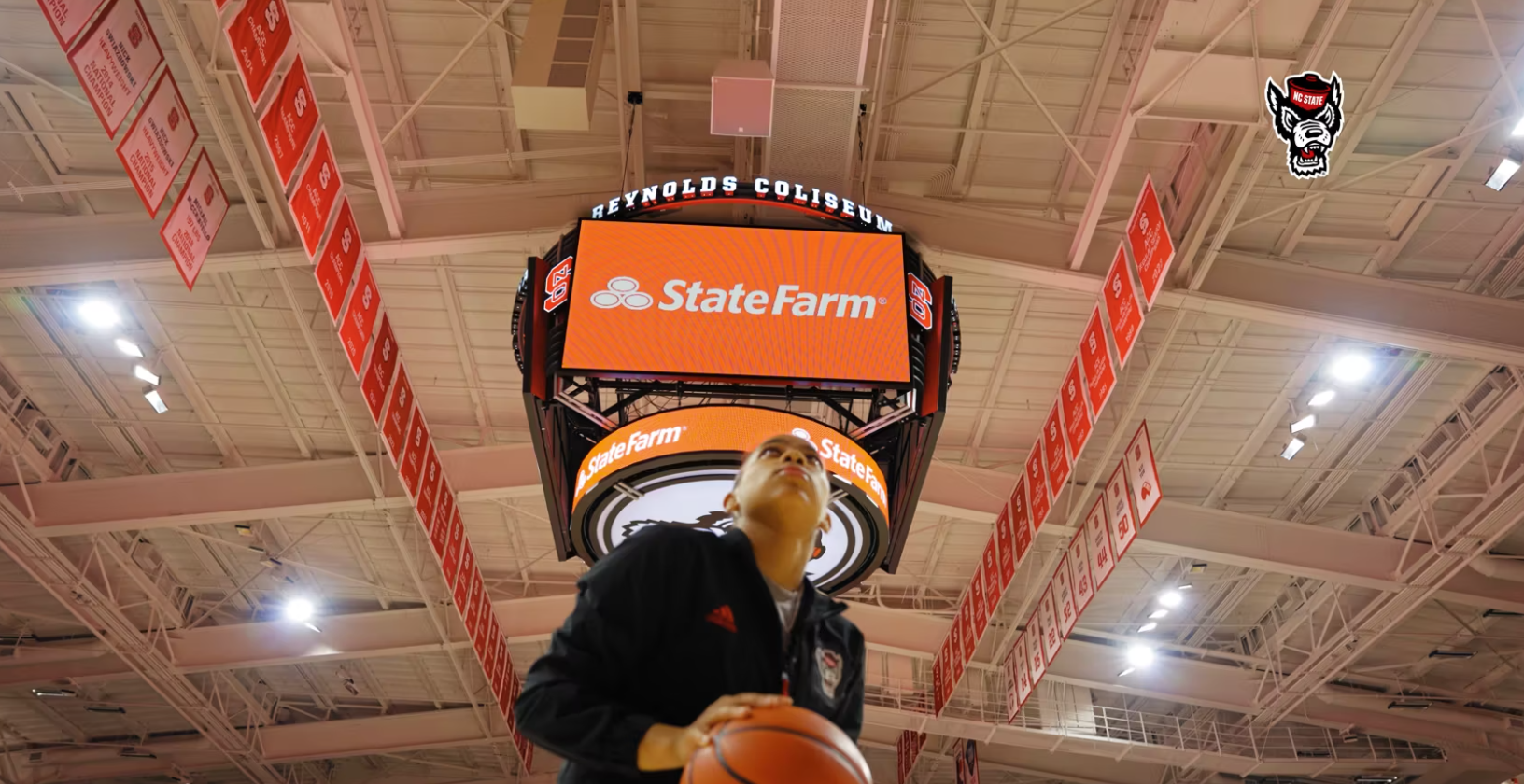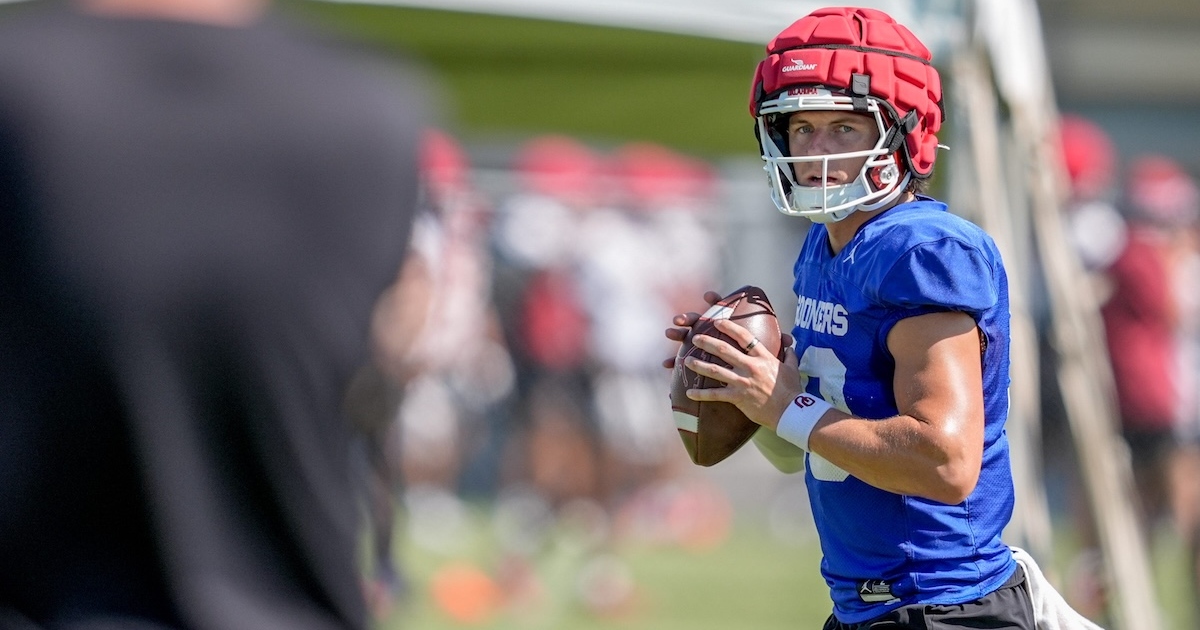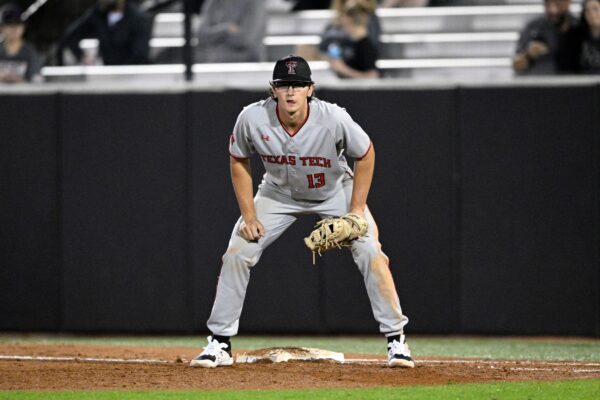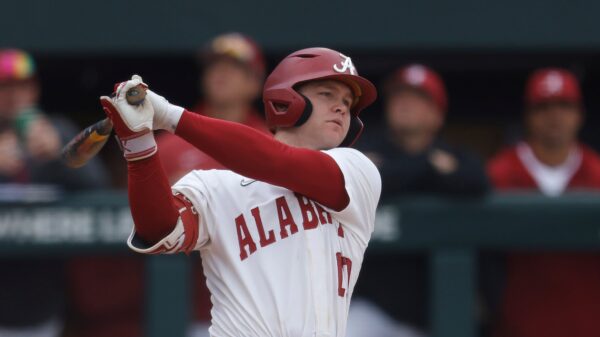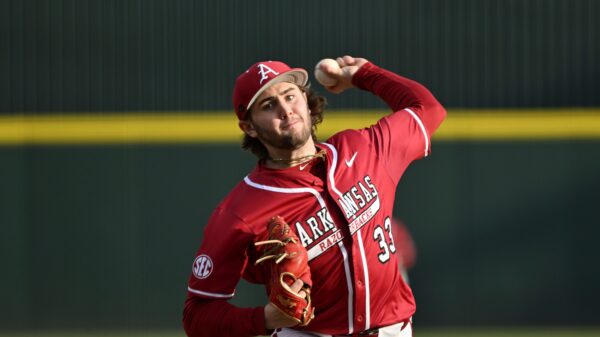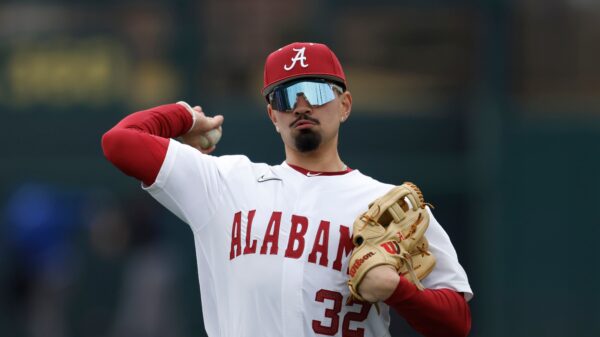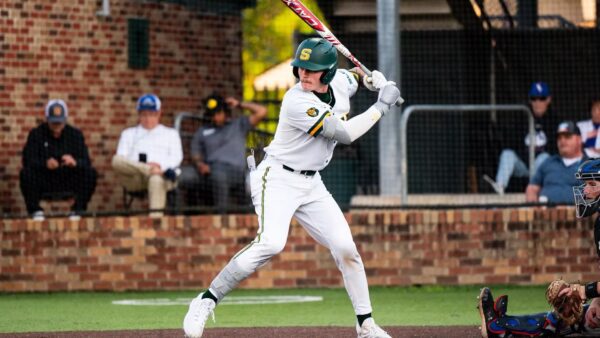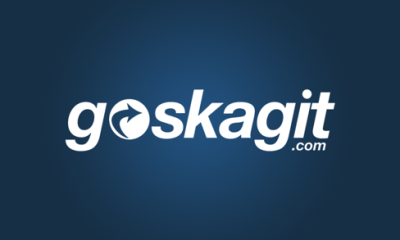With the House vs. NCAA settlement approved, college athletics is about to begin the latest chapter in its long history of attempting to interfere with the market for athletes’ services.
Let’s see if this version holds up better in court than all the ones before it.
As you know by now, the House settlement has given birth to a new system by which schools for the first time can directly pay their athletes up to $20.5 million this coming school year. The schools will insist these are purely NIL deals and do not constitute “pay-for-play,” but of course, they are entirely contingent on the athlete playing for that university. And that’s fine. Nothing wrong with paying someone for their services.
But where the settlement veers into outright market manipulation is the establishment of a new NIL Go clearinghouse, operated by Deloitte, by which athletes must submit all deals they receive from outside sources that exceed $600. Which, in the major sports, is pretty much all of them. If Deloitte deems, say, a running back’s $1 million deal from a school’s collective to be above “fair market value,” he cannot accept it.
In every other industry in this country, “fair market value” is whatever someone is willing to pay you. Just ask the many mediocre football coaches who make $6-8 million a year. Or the athletic directors who make $1.2 million a year to hire those mediocre coaches. No clearinghouse for those folks.
Every legal expert I’ve spoken with about this subject thinks there’s little chance this clearinghouse would survive a legal challenge. It sure sounds like yet another instance of competitors (in this case, the Power conferences) conspiring to limit athletes’ compensation. Go back and read the Supreme Court decision in Alston v. NCAA to see how the highest court in the land feels about restrictions on athletes’ compensation.
Nevertheless, the Power conferences — it’s them, not the NCAA driving this — are pressing ahead. On Monday, they proudly unveiled their newly created enforcement entity, the College Sports Commission, led by former Major League Baseball executive Bryan Seeley, who is likely being paid seven figures to make sure college athletes stop getting paid seven figures. Presumably, they’ve consulted with their lawyers, who have told them the thing is ironclad. The next Judge Wilken will be totally fine with it.
By now, you may be asking yourself, “Why are they doing this? Who exactly is being harmed by a transfer quarterback getting $3 million from a school’s collective?” Athletes going into the portal at any moment is an understandable source of frustration, but the House settlement does nothing to address that issue. It just wants to curb how much one gets for going into the portal.
The stated reason, as Nick Saban, for one, has said 1,000 times, is the need for a “level playing field.” It’s not “fair” that Texas Tech has an oil billionaire willing to spend $10 million-plus on the transfer portal if Alabama doesn’t have one. How many times have we heard: This is not what NIL is intended for.
It doesn’t particularly matter at this point what NIL was intended for. This is what it’s become. Collectives became a thing specifically because schools didn’t want anything to do with paying athletes. Now that they’re forced to, they want to unwind time and reverse things.
But what’s really rich is the whole “level playing field” thing.
There has never, ever been a level playing field in college recruiting. The schools with the most money have always held an advantage over everyone else. They have the most history, the biggest stadiums, the best-paid coaches and the most lavish facilities. Ohio State was dominating Purdue in recruiting long before there were ever NIL collectives, and the Buckeyes will keep dominating in the revenue-sharing era. You could set the cap at $60.5 million, not $20.5 million, and there’s still no scenario where the Boilermakers would be able to outspend the Buckeyes.
Meanwhile, people have been so busy the past few years shouting that the sky is falling that they’ve failed to notice that NIL may be the first development in history that’s actually given a larger pool of teams a chance at landing top talent.
The top quarterback in the portal this offseason, Tulane’s Darian Mensah, did not go to Georgia or Ohio State. He chose Duke, where he’s getting a reported $4 million NIL deal. The nation’s No. 1 men’s basketball recruit, A.J. Dybantsa, is not going to North Carolina or Kansas; he’s going to BYU, for a reported $5 million deal. And last year, softball phenom NiJaree Canady turned down that sport’s biggest juggernaut, Oklahoma, in favor of Texas Tech, which gave her that sport’s first-ever seven-figure deal. Earlier this month, she and her team ended the Sooners’ reign — and she signed another deal.
All of those deals got done before the House settlement was approved. Had they not, theoretically, Deloitte could flag them for being too far above “market value.”
Clearly, booster-driven collectives aren’t going away. If Oracle founder Larry Ellison wants to give the next Michigan quarterback recruit $4 million, it seems highly unlikely someone could tell him no. Either the collectives will get more creative in how they structure their deals, or someone is going to sue and succeed in getting an injunction.
Neither the schools nor the athletes would be the ones filing that suit because they’re bound by the settlement. But boosters aren’t bound by it. Companies aren’t bound by it. And, most concerning to the conferences, state attorneys general aren’t bound by it. They’re the folks who succeeded in getting both the NCAA’s booster restrictions and transfer restrictions shot down.
We know this much: Most schools that plan to offer the maximum $20.5 million in House payments are following a formula by which they’ll allocate around $13 million for football and $3 million for men’s basketball. Ohio State last year spent $20 million on football alone, and many schools are spending way more than that this year. Kentucky is one of several programs planning to spend more than $10 million on men’s basketball.
Coaches’ and administrators’ salaries have only gone up and up and up over time, but the powers that be seem to think they can make athletes’ unofficial salaries go down with their magic clearinghouse.
That’s not generally how markets work.
(Photo: Carmen Mandato / Getty Images)



